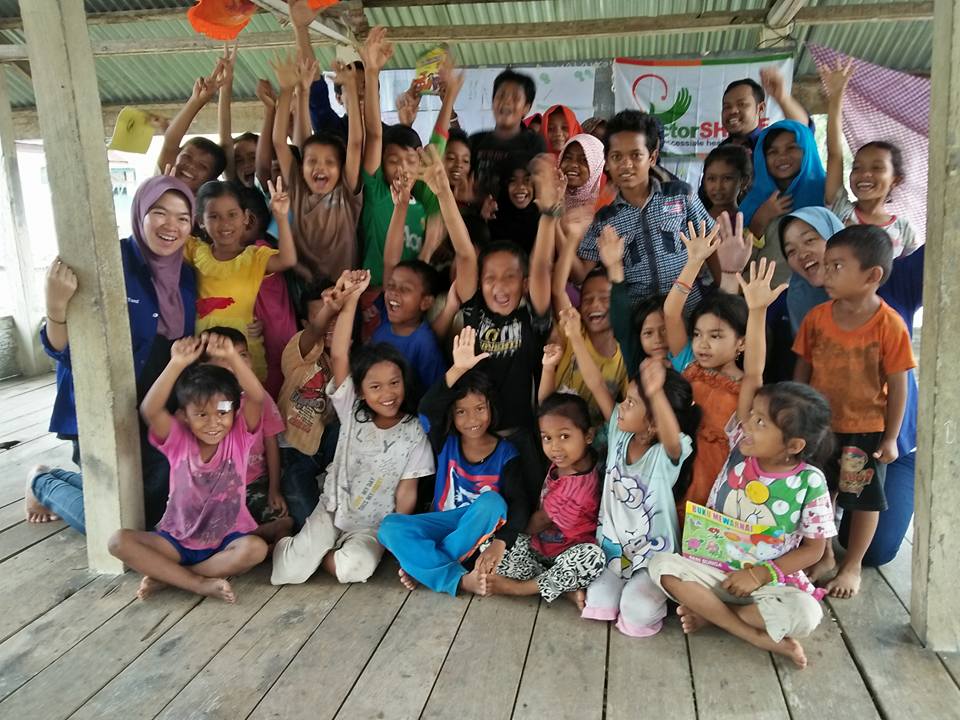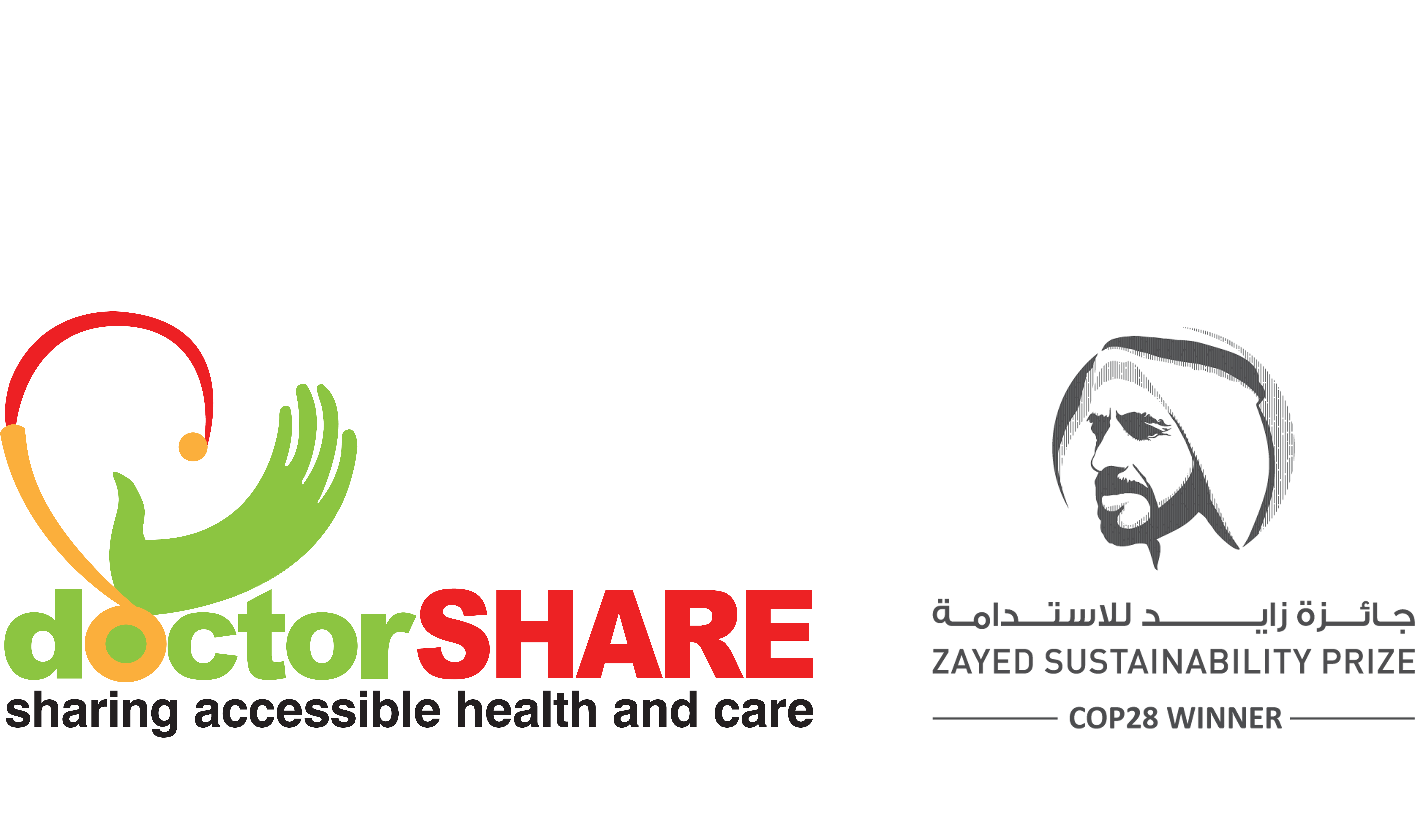Hacking Trauma in Post-Disaster Children

Children were traumatized after the earthquake in Pidie Jaya, Aceh. The houses where they grew up were destroyed. School buildings were also severely damaged and cracked. How did the children get through the physical and psychological trauma after the earthquake?
On Wednesday morning, at 5:00 a.m., December 7, 2016, Pidie Jaya shook strongly. The earthquake, which lasted for five to 15 minutes, immediately knocked down various residential buildings and shops. Some people had woken up from their sleep. But not a few were still asleep.
The 6.4-magnitude earthquake immediately caused panic and fear among residents. The electricity network was immediately cut off. Residents were left in darkness. As a result of the earthquake, hundreds of residents in Pidie Jaya were killed, some suffered serious injuries and minor injuries due to collapsing buildings.
“When the earthquake was a tsunami, it felt like a swing. But yesterday’s earthquake felt like we were in a car driving on a damaged road,” said Tengku Musafa Hasan Yahya, the leader of a boarding school in Blang Iboih Village, Pidie Jaya, Aceh. “This earthquake immediately reminded me of the tsunami,” he said.
The earthquake not only damaged various types of buildings. It also left physical and psychological trauma. One of them is the acute fear of children. The house where they grew up was severely damaged. The school where they learn and play also collapsed and cracked. Children also have to adapt to the new environment in the evacuation post.
“During the day, adults have returned to their activities in the garden. But at night, everyone gathers at the evacuation post,” said Tengku Musafa. According to him, the children living in the evacuation post are still worried about aftershocks. They are still afraid of the post-earthquake situation. “When there is a loud noise, they immediately wake up from their sleep.”
The evacuation post is not a vacation spot, it may not be child-friendly. In an emergency, children must accept and experience an atmosphere of uncertainty. Going through an earthquake and living in an evacuation center leaves bad experiences and memories. In such conditions, children need assistance to leave the wounds of trauma caused by the earthquake.
Until now, there has been no concept of child-friendly evacuation center design so that they are adequately protected during disaster emergencies. Children’s evacuation centers should be able to provide a comfortable place to live, play, get nutrition, and learn about natural phenomena. Earthquake events can be part of the best learning about how we prepare ourselves from this natural phenomenon.
“Assistance is not only medical and logistical. Traumatic treatment for children is also very important,” said doctorSHARE medical volunteer for the Aceh Earthquake, dr. Riny Sari Bachtiar, MARS. Not only providing medical services in remote and isolated areas, doctorSHARE also intervenes in disaster management.
“Children need entertainment while living in refugee camps,” said Tengku Musafa, a local resident.
Entertainment does not mean children can play as they please. They should also be able to enjoy the learning process. Trauma management is a way for children to return to normal mentally and physically. They can return to their activities in an atmosphere free from fear while being ready and able to learn from the events that occurred.
Trauma treatment also requires trained and experienced tutors so that children’s physical and mental conditions are monitored. The way trauma is handled in children is certainly not the same as in adults. In particular, they are still in the process of development and growth.
